Therapeutic Benefits of Art
Paul Cézanne famously wrote: “Don’t be an art critic, but paint, there lies salvation.”
The radical Post-Impressionist imparted these words decades before modern psychology, mental welfare, and stress management were topics of conversation, let alone modes of scientific inquiry. Yet Cézanne’s romantic intuition aligns with a practice scientists recognize today: art therapy.
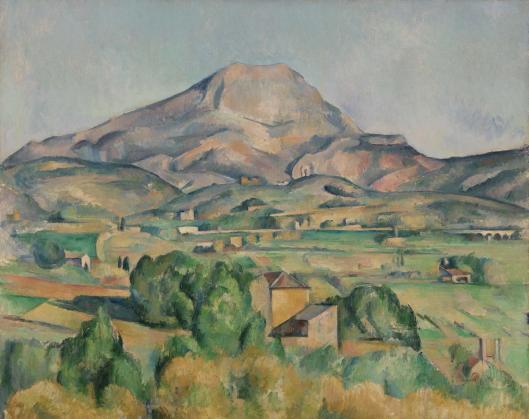
“Mont Saint-Victoire” (1892-1892), Paul Cézanne. (Image courtesy of The Barnes Foundation)
Art has the ability to elevate psychological health, relieve stress, build confidence, facilitate emotional release, prevent memory loss, and even promote physical health.
Research institutions across the globe continue to study the positive correlation between the practice of art and the degree of health in individuals, and have amassed incredible statistics.
There is something inexplicable about the power of art. A particular shade of yellow, for instance, is cited to have been a spiritual haven for the troubled Dutch visionary Vincent van Gogh in the 19th century. Paul Gauguin, the experimental French painter and former acquaintance of Van Gogh, once voiced:
“Oh yes! He loved yellow; this good Vincent – those glimmers of sunlight rekindled his soul, that abhorred the fog, that needed the warmth.”
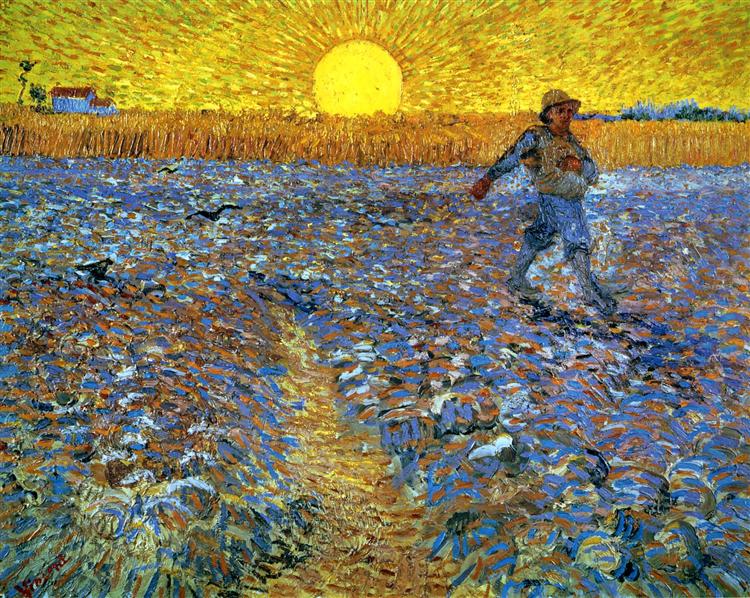
“The Sower” (1888), Vincent van Gogh. (Image courtesy of Wiki Art)
Gauguin had poetically detailed the healing potential of creating and viewing art. Below are five scientific case studies that support art’s ability to relieve stress, improve physical health, and elicit the power of Van Gogh’s yellow in our day-to-day lives.
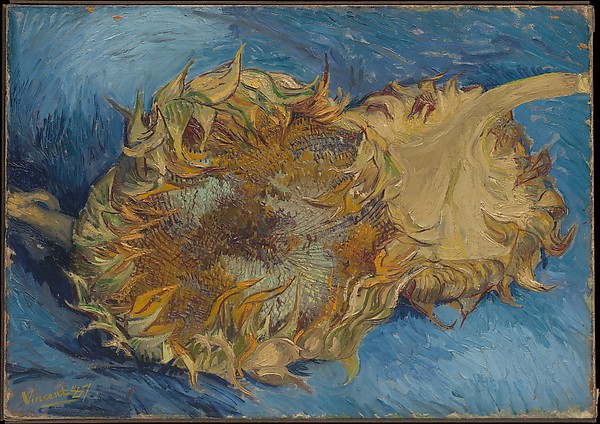
“Sunflowers” (1887), Vincent van Gogh. (Image courtesy of The Metropolitan Museum of Art)
Providing an Emotional Outlet
Immersing oneself in art and creative discovery is one way to release emotion, connect with your surroundings, and find a voice. A trip to your local museum, gallery, or art supply shop may prove to uplift your spirit.
A 2012 examination at the Norwegian University of Science and Technology, called the Nord-Trondelag Health Study, discovered that fervent participation in cultural activities, such as spending time at a museum, gallery, or even creating artwork of your own correlates with increased satisfaction in life and emotional well-being. Incredibly enough, the Nord-Trondelag Health Study revealed that 84 percent of its 50,000 participants reported good health after consistent participation in cultural activities. Furthermore, 91 percent of the participants reported that they were highly satisfied with their life.
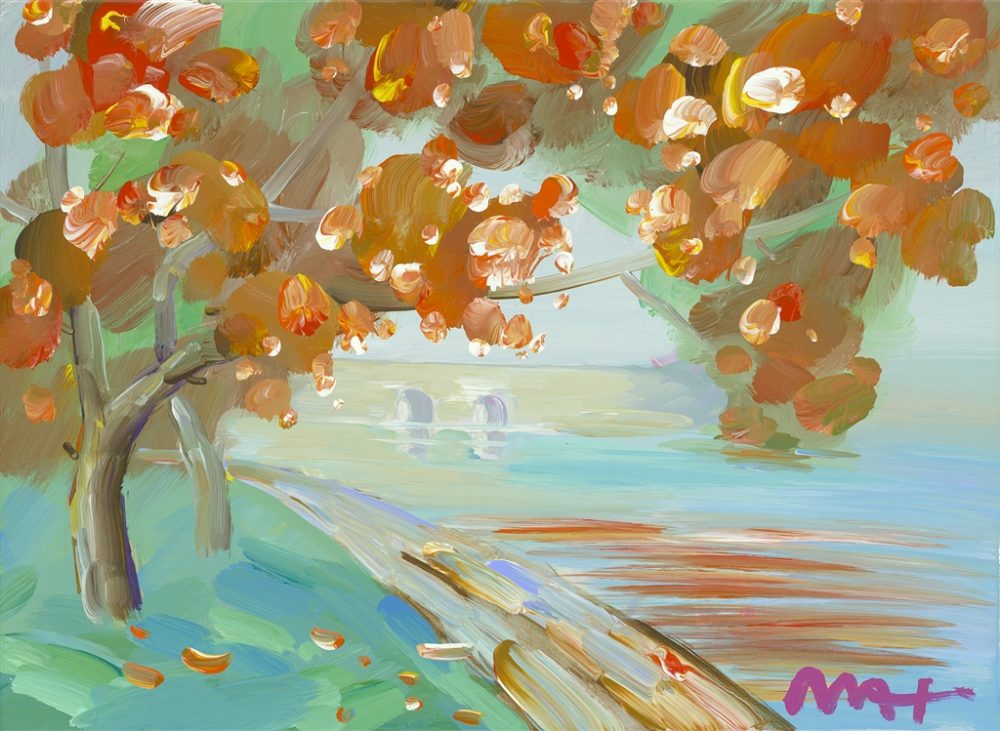
“Cherry Blossom I Ver. III” (2016), Peter Max
Another study published by the University of Arkansas in 2014 documented how visiting art museums helps young adults employ critical thinking skills, social tolerance, and historical empathy. A renowned neurobiologist at the University of London hypothesized that viewing artwork and falling in love employ similar chemical compounds. The scientist, Professor Semir Zeki, confirmed that viewing a classical masterpiece triggers a release of dopamine in the brain, which has been proven to activate feelings of love and desire.
Improving Physical Health
It isn’t difficult to believe that visual enjoyment lends itself to enjoyment of our inner selves. However, creating and viewing art has recently been shown to benefit our physical bodies as well.
In 2015, the University of California at Berkeley conducted a study that connected viewing art and immunity to illness. The presence of a specific protein in our body, called cytokines indicate an unhealthy working environment for our immune system. In the study, participants who viewed art or experienced awe had significantly lower levels of cytokines in their body than participates who didn’t experience wonder, beauty, or awe on a regular basis.
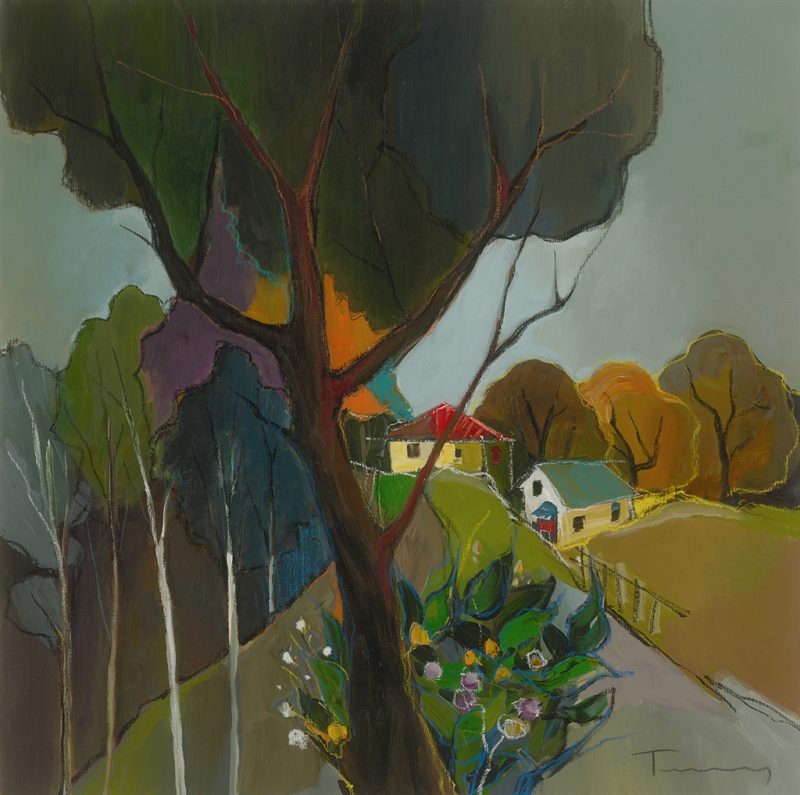
“The Scenic Route” (2007), Itzchak Tarkay
A significant 2010 study published by the American Journal of Public Health explored the positive mental benefits of art, and further questioned whether a lightened psychological state could relieve the pain of chronic disease. The study found that engaging in art not only alleviates emotional weight, but also creates a healthy outlet for expressing grief, thereby increasing the welfare of patients.
To best benefit from these studies or to start your own master collection, visit Park West Gallery at our Southfield, Michigan location or on board over 100 cruise ships worldwide.





